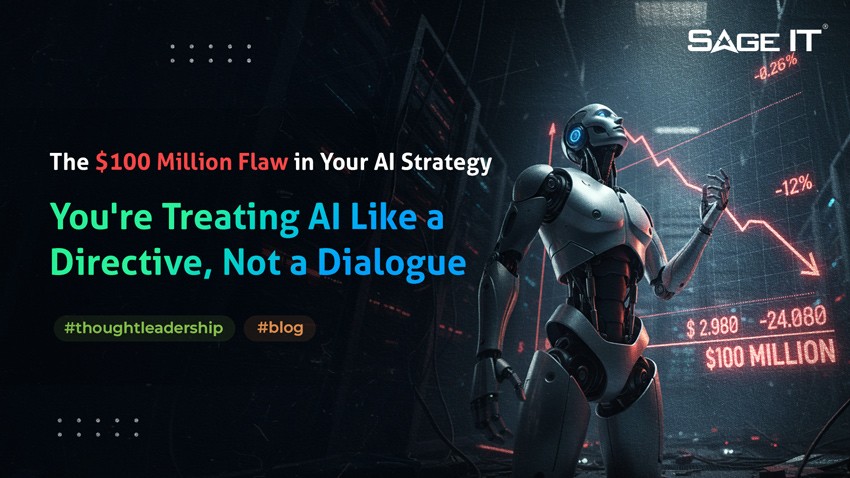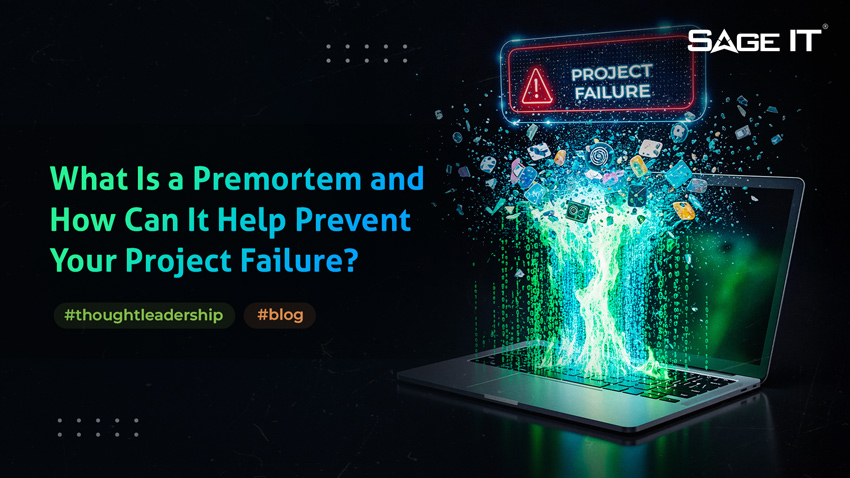“My colleague, an avid engineer and music buff, and I started drawing parallels between music and enterprise systems. Just as a well-composed musical piece pleases the intended audience, in the digital industry, composable architecture is the maestro. Like many musicians and their instruments combine to form a melody, digital consumers today experience cleverly composed outcomes on the device of their choice, tailored to their needs and built through universal API management.
Gartner calls it packaged business capabilities (PBC). In this article, I’ll discuss what this means to executives and technologists in two different but related industries, healthcare and medical devices. Both these industries are working toward modern digital strategies to deliver the best possible experience to their intended customer. In the case of healthcare, it could be the payer, patient and provider, and in the case of the medical device industry, the customer can be an everyday consumer, including anyone wearing an Apple or Samsung watch.
Digital Advances In Healthcare: The All-Important API
Covid-19 spurred digitalization across many industries, driven by parameters familiar to us in the IT industry like remote working and contactless service. Some industries were prompted to accelerate their digital journey and innovate faster due to the nature of their business such as retail, travel, technology and healthcare.
At the core of digital transformation is the need to have a well-defined API strategy. Far from being just a mechanism to integrate, APIs are vital elements when it comes to building better digital experiences and products. The API-first strategy aims for a modular approach of reusing and recombining to deliver superior outcomes.
The healthcare sector during the pandemic saw a stupendous increase in API traffic, showing clearly that this industry is well poised to leverage the composable architecture approach.
Let’s look at a well-known industry mandate in the healthcare industry: The Centers for Medicare and Medicaid Services (CMS) FHIR initiatives. When combined with other initiatives such as SMART (substitutable medical applications, reusable technologies), we see real digital transformation at work. This is a great example of the true benefits of leveraging EMR and the customized experience of the everyday consumer, which include delivering unique insights to patients, enabling clinical research by leveraging vast clinical data, fraud prevention, etc.
While regulation prompted digitalization targeting interoperability and portability, we see the healthcare industry leveraging the opportunity for industry innovation.
Just as the Beatles cleverly synthesized the sitar into their western musical ensemble and created masterpieces like Norwegian Wood, the healthcare industry is well-poised to leverage data and EMRs to derive their benefits.
From Composable Applications To Composable Architecture
While the creation of new functionalities is great, it should be possible to scale as needed with the right level of security and with the right infrastructure. This is where composable architecture comes into play. The basic idea is to expose the systems, processes and other necessary resources of an enterprise so they can be reconfigured and scaled by different types of users via APIs and digital tools.
Extending Composition To Adjacent Industries
Now that we’ve explored the impact of composable enterprises in healthcare, let’s take a look at its effect on the medical devices industry. Just as Beethoven’s work became a hit in a disco musical (Saturday Night Fever), it is possible to isolate and associate a discrete capability and combine it with a different but related entity and create a whole new consumable experience.
Wearable devices monitoring and transmitting health-related records are a normal occurrence today. Interoperability, portability, security, personalization and all other capabilities that are critical to the healthcare industry are similarly important to the medical device sector. The industry interplay is obvious.
Connected medical devices have spawned a new term: IoMT (the Internet of Medical Things). This industry is expected to grow to a $150 billion market by 2023.
Composable architecture can now leverage real-time data through tech like the Apple Watch and other specialized medical equipment. From scheduling appointments and clinical research to individualized healthcare, the use cases that stem from this inter-industry composition are endless.
Soon, medical devices and the healthcare industry will develop and share discrete, reusable components that consumers can mix and match to create their very own playlist of benefits.
The Future Of Healthcare And Medical Devices
What does this mean for the future of these industries? Here are a few key takeaways to consider.
- The composable enterprise extends across industries.
- Composable means modularity that can adapt.
- Composable allows you to pivot quickly.
- You can achieve a better CX gap with greater composability.
How can you get started with the concepts of composability? Before embarking on a digitalization journey, bring your technical and business teams together. Take a look at topics like containerization and how they relate to your business priorities. This will help you identify which use cases will bring the most value to teams across departments.
In addition, you must leverage your existing technology and business processes as they stand now before diving headfirst into a fully composable enterprise. For example, you don’t have to rearchitect the entire workflow of your services and products. Instead, develop a modular approach where on-prem and cloud-based processes can coexist until you reach full composability.
Composable enterprises are here to stay and grow as the API economy booms. From the cacophony of disjointed on-prem monoliths to the cloud-based symphony of digital entities, the future is music to the ears of the API-savvy CIO.
As seen on this link of Forbes Technology Council.
Contributed for Sage IT
Satya Govindu
CDO, Sage IT











